Intro
The term Sport Horse is roughly used for the same type of horse worldwide. Generally it is a highly athletic animal that excels in jumping, dressage or eventing. They come in a variety of breeds and are often warmbloods.
Read more
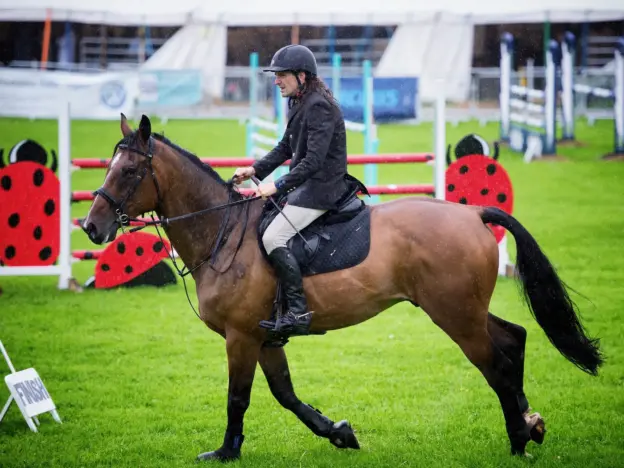
The term Sport Horse is roughly used for the same type of horse worldwide. Generally it is a highly athletic animal that excels in jumping, dressage or eventing. They come in a variety of breeds and are often warmbloods.
Read more
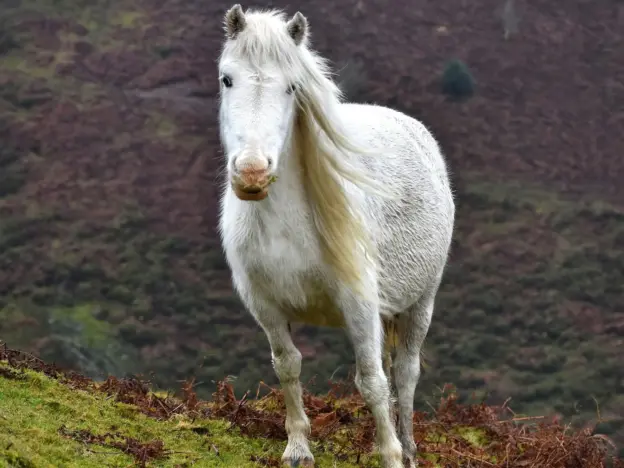
The Long Mynd Pony is named for the Long Mynd heath and moorland plateau of the Shropshire Hills. According to the DAD-IS this breed was officially extinct as of 2006, however there is a herd of wild ponies that still lives on the Long Mynd.
Read more
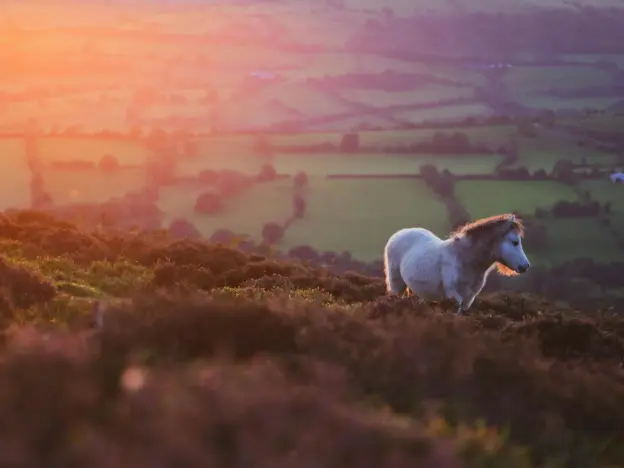
Ponies have been a part of the British landscape for over 10,000 years and their remains have been found all over the country. The United kingdom is a tiny land of surprisingly diverse, but very old pony breeds.
Read more
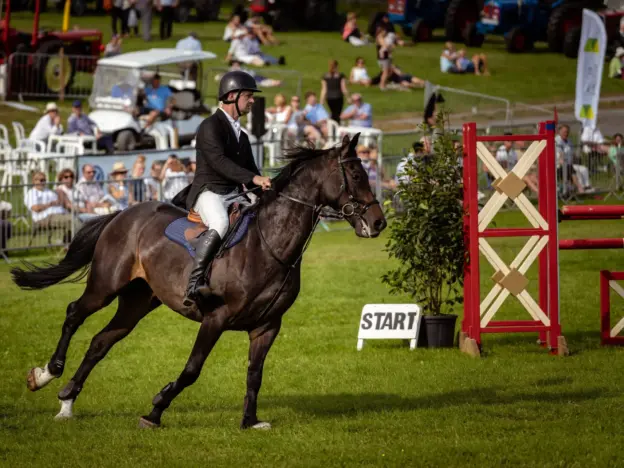
Similar to the color breeds, the British Show Horse Association registers animals based on temperament and performance, not breed genetics.
Read more
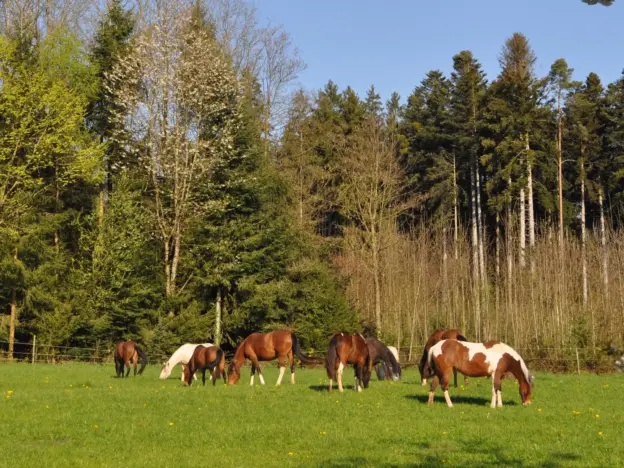
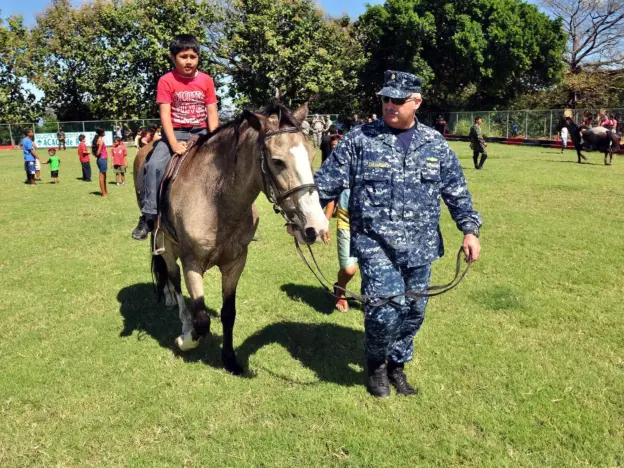
The term Criollo originally meant animals (or people) of purebred Spanish ancestry who were born in the Americas, but through time it has come to mean breeds native to the Americas.
Read more

There is next to no information about the Dominican Republic Half-Blood other than their listing in the DAD-IS as a separate local breed of the country.
Read more
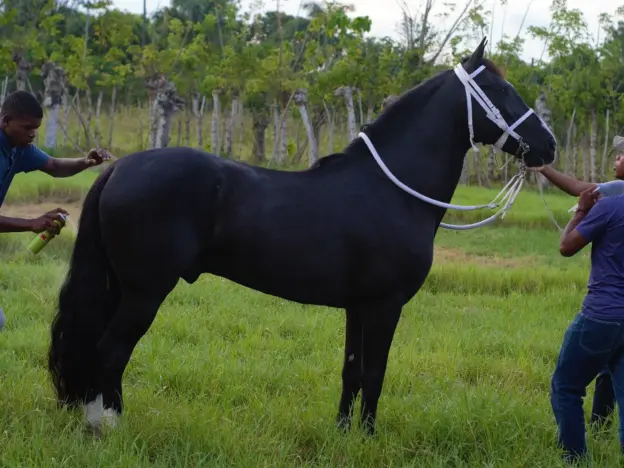
The term Criollo originally meant animals (or people) of purebred Spanish ancestry who were born in the Americas, but through time it has come to mean breeds native to the Americas.
Read more
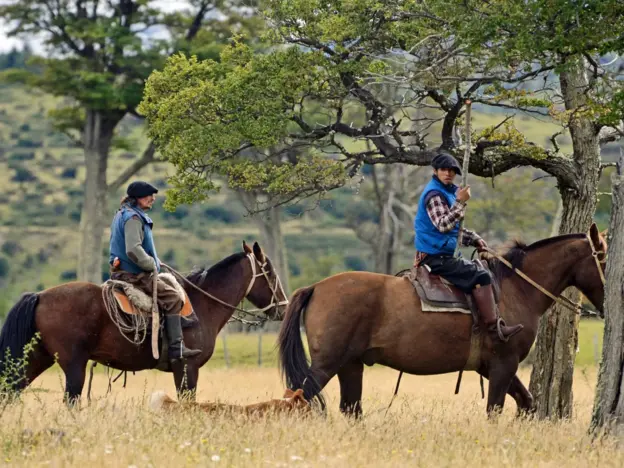
The term Criollo originally meant animals (or people) of purebred Spanish ancestry who were born in the Americas, but through time it has come to mean breeds native to the Americas.
Read more

Horses are not native to the Cook Islands, they were introduced at some point and naturalized. It’s possible there were some feral animals found on Rarotonga, but their numbers have dwindled.
Read more